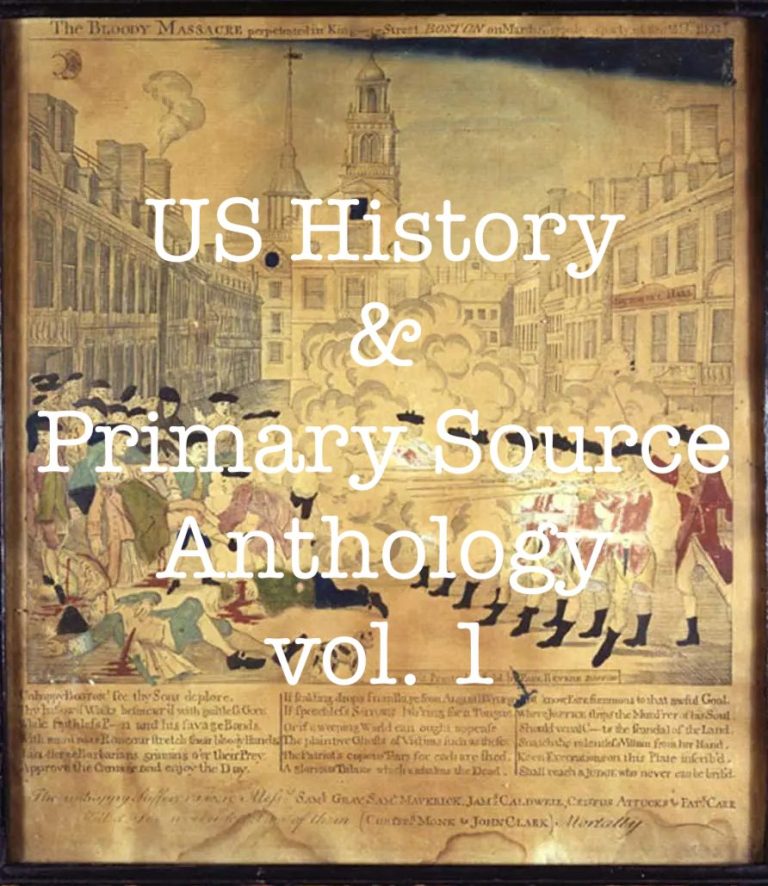Page 122
Borgman on terms used by the humanities and social sciences to describe data and other types of analysis
humanist and social scientists frequently distinguish between primary and secondary information based on the degree of analysis. Yet this ordering sometimes conflates data, sources, and resources, as exemplified by a report that distinguishes "primary resources, E. G., Books close quotation from quotation secondary resources, eat. Gee., Catalogs close quotation . Resources also categorized as primary or sensor data, numerical data, and field notebooks, all of which would be considered data in the sciences. Rarely would books, conference proceedings, and feces that the report categorizes as primary resources be considered data, except when used for text-or data-mining purposes. Catalogs, subject indices, citation indexes, search engines, and web portals were classified as secondary resources. These are typically viewed as tertiary resources in the library community because they describe primary and secondary resources.
The distinctions between data, sources, and resources very by discipline and circumstance. For the purposes of this book, primary resources are data, secondary resources are reports of research, whether publications or intern forms, and tertiary resources are catalogs, indexes, and directories that provide access to primary and secondary resources. Sources are the origins of these resources.
